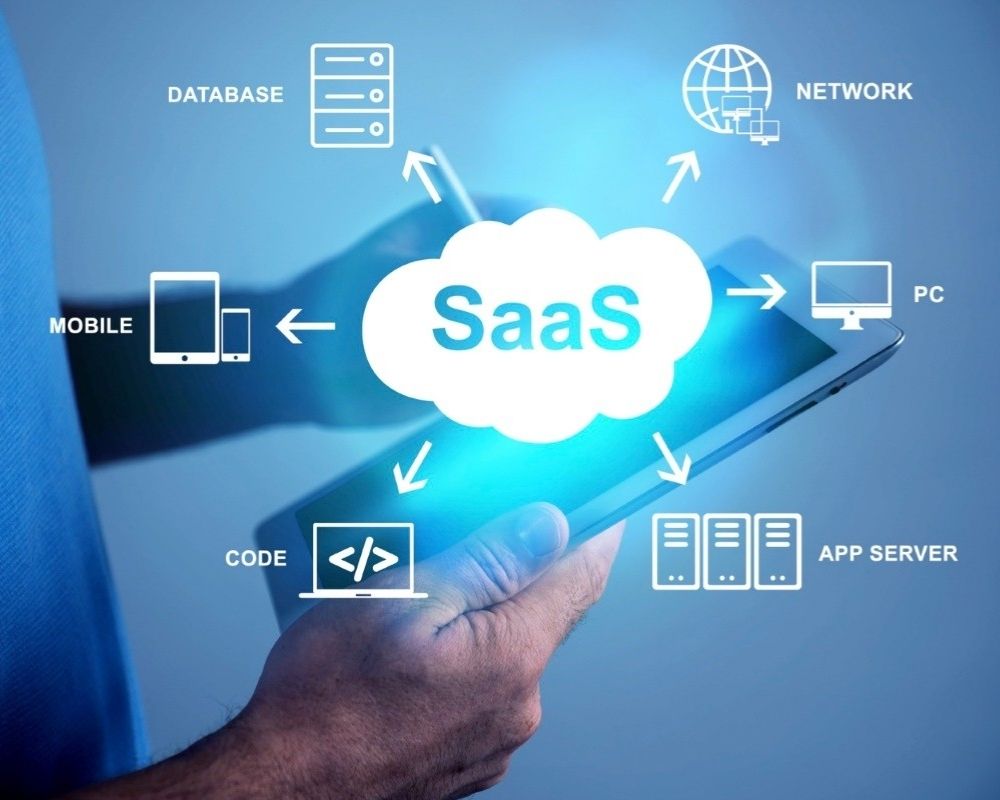Society 5.0 is a concept proposed by the Japanese government and various governmental agencies worldwide, referring to a new, highly digitalized society. By promoting the idea of Society 5.0, countries aim to build a smarter society through the utilization of big data collected from IoT devices.
This article introduces a vision where knowledge and information are widely shared, enabling the creation of new values and the resolution of existing social challenges.

1. Definition of Society 5.0
Society 5.0 follows the evolution of society through five stages:
Hunting society (Society 1.0)
Agrarian society (Society 2.0)
Industrial society (Society 3.0)
Information society (Society 4.0)
While Society 4.0 has made information accessible, it still faces issues such as fragmented cooperation, information overload, and limitations caused by aging, physical, or economic constraints. Additionally, countries like Japan, South Korea, and China face challenges such as low birthrates, aging populations, and urban-rural disparities.
Society 5.0 aims to overcome these issues by connecting people and things through IoT, enabling the sharing of diverse knowledge and information, and creating new value to address existing societal problems.
2. Relationship between Industry 4.0 and Society 5.0
The term Industry 4.0 is often mentioned alongside Society 5.0. Industry 4.0 focuses on transforming the industrial sector—such as factories and logistics—through IoT and smart systems, aiming to build “smart factories.” This aligns closely with the broader goals of Society 5.0.
3. Mechanism of Society 5.0

Society 5.0 integrates the physical and digital worlds. While Society 4.0 relies on people accessing cloud services via the Internet to gather and analyze data, Society 5.0 collects vast amounts of real-world data through smart devices like sensors and smart speakers. This big data is analyzed by AI and the results are fed back into the physical world. This creates new possibilities beyond human analytical capabilities and leads to the generation of new value.
4. Key Areas of Application
Society 5.0 is expected to address a wide range of economic and social issues:
Economic Challenges:
Meeting increased energy demand
Responding to food demand growth
Managing aging populations and increased longevity
Coping with intensified global competition
Reducing wealth concentration and regional disparities
Social Challenges:
Reducing greenhouse gas emissions
Increasing food production and reducing food loss
Lowering social costs
Promoting sustainable industrialization
Achieving wealth redistribution and correcting regional inequalities
5. Challenges of Society 5.0

Although the Japanese government promotes Society 5.0, there are hurdles. A large portion of the population is not well-versed in digital technologies, so solutions must integrate seamlessly into traditional lifestyles. Moreover, massive amounts of data—previously uncollected in daily life—will now be gathered and used, including sensitive personal information like location and behavior. Therefore, companies must be more cautious and responsible in handling personal data.
6. BAP and Society 5.0
In this article, we introduced Society 5.0 and how it may transform the future. At BAP, we are committed to supporting initiatives aligned with Society 5.0 through our focus on AI, IoT, and blockchain technologies. We aim to contribute meaningfully to society and support those working towards these goals. Please contact us for more information or inquiries.












